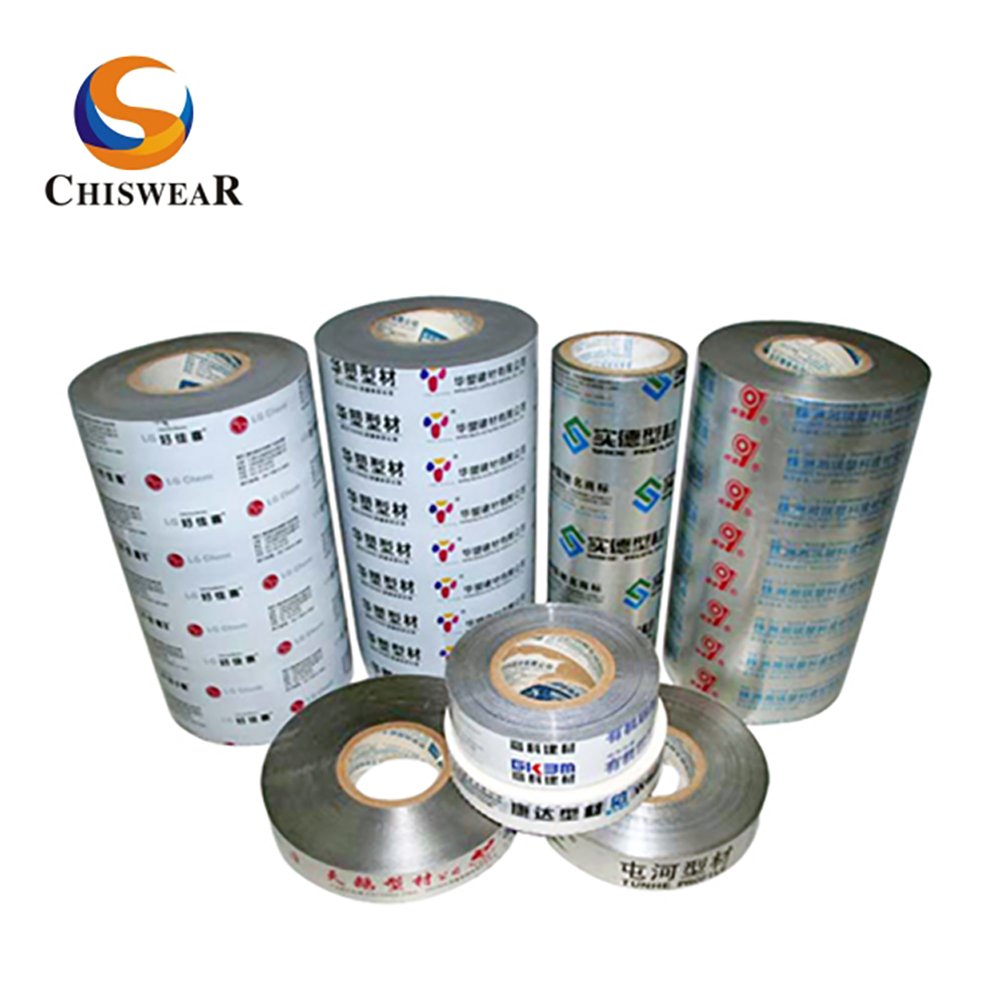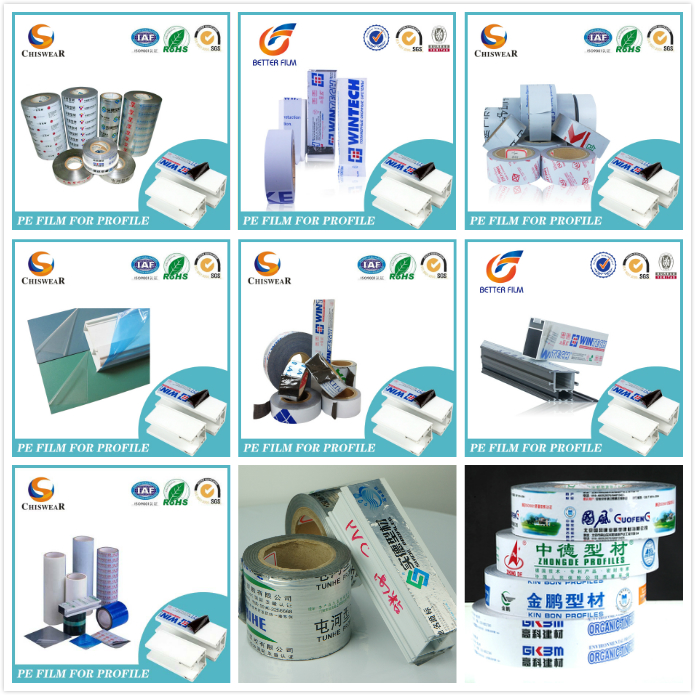Table of Contents
- Introduction
- Characteristics of eco-friendly protective film for building materials
- High-Performance Features
- Wide Range of Applications
- Economic Benefits
- Promoting the Development of Green Buildings
- Conclusion
- References
Meta Description
Discover the rise of eco-friendly protective films for building materials, combining durability, recyclability, and non-toxic design to align with global green construction goals.
Introduction
As the feeling of urgency about environmental protection takes its toll, every industry is switching to eco-friendly practices. The same is the case with the construction material manufacturing industry. Gren building materials are in demand today like never before. This is because all the stakeholders from manufacturers to retailers to buyers are feeling the need to adopt green practices and help mitigate the risk of littering the planet with yet more non-degradable waste.
As the construction industry adopts green manufacturing practices, it is witnessing a rise in the adoption of eco-friendly protection films as well. These films are quickly replacing the ones made with synthetic, non-recyclable plastic films. It is because of their characteristics that align with global sustainability goals that these films are preferred over their non-degradable counterparts.
For example, these films are made with compostable ingredients like polylactic acid and other decomposable polymers that do not release toxic microelements upon decomposition. Rather they enrich the soil with useful nutrients like biomass upon composting and they leave minimal carbon footprints.
Let’s have a more detailed look at what makes them more desirable for protecting building materials and how the need for eco-friendly films can be propagated for wide-scale adoption.

Characteristics of eco-friendly protective film for building materials
Non-Toxic and Harmless
The raw materials used for making these protective films are non-toxic. These films upon breaking down do not release non-degradable toxic materials. The coatings and adhesives too are either water-based or solvent-free.
These materials do not break down into non-degradable compounds. Rather they release carbon dioxide, water, and soil-enriching biomass. Hence, instead of being detrimental to the ecosystem, these films help enrich it.
Biodegradable/Recyclable
The materials like polyethylene (PE) and polypropylene (PP) can be easily recycled. This means lowering raw-material consumption. Moreover, these protective films for building materials are made with degradable ingredients like polylactic acid. Under natural conditions, or through composting these films readily decompose into harmless materials, thus minimizing their contribution to environmental pollution.

Low Carbon Production
When these protection films decompose, they do not release volatile organic compounds (VOCs). Moreover, the production process for these protective films is not very resource-intensive. The processes have been adapted to rely more on green energy. Moreover, these films are manufactured using energy-efficient manufacturing techniques to reduce power wastage and use as little energy and water as possible.
High-Performance Features
Eco-friendly films are not just easy on the planet but are manufactured to deliver high performance as well. They have highly desirable features that make them a preferred choice. Here is an overview of what you can expect from our eco-friendly protective films for building material.
Excellent Physical properties
Due to their high tensile strength and durability, our films provide maximum protection against scratches, impact, and wear. During storage, they help protect the material against dirt, debris, and moisture. As the building materials are transported, the films resist scratches and damage caused by rough handling. Even after installation, the protective films are used as a barrier against UV light, moisture, and extreme weather conditions to protect the facades, windows, and even furniture.
High Transparency
Our highly transparent, crystal-clear films are made to retain or even enhance the aesthetic appeal of the building material. These films allow the surfaces to be completely visible without exposing them to the damage caused by scratches, moisture, UV radiations, and impact. The spik and span appearance of the material is ensured for a long duration by protecting it from wear and smudges.
Moisture and Water Proof
With these protection films, moisture and water have no chance of accumulating and destroying the surfaces of the building material. Most of the building materials are very prone to damage if exposed to moisture. By protecting them with waterproof protection films, their lifespan can be significantly enhanced while also maintaining their aesthetic appearance.
Easy to Apply
Easy application is another plus of our eco-friendly protection films. There is no need for specialized tools and equipment. Moreover, just the right amount of adhesive ensures even application and perfect thickness ensures avoiding wrinkles or folded edges.
Wide Range of Applications
These protection films have innumerable application scenarios. These are used right from manufacturing to transportation, storage, installation, and day-to-day use. Moreover, these are used across different kinds of building material as described below:
Home Decoration Markets
Protection films help safeguard the surfaces of wooden furniture, walls, carpets, and floors along with other home decoration items. They protect the, against dirt, scratches, and moisture. Moreover, during renovation and refurbishing, these films also protect furnishing items against smudges and scratches.
Commercial Building
Protection films are a must-have in commercial buildings like hotels, restaurants, and shopping malls. Especially in high-impact areas and during high-traffic events, these protection films provide effective protection for floors, carpets, furniture, and walls.
Industrial Production
Literally every industry, in the production phase and transportation, benefits from surface protection films. These are used to protect the surface of machinery and safeguard against wear and scratches during production. Moreover, they protect the transport vehicles used to transport the products on regular basis.
Economic Benefits
Cost Reduction
Ecofriendly protection films elongate the lifespan of the building materials by protecting them effectively against damage. This helps reduce frequent replacements and maintenance costs in the long run and this translates into reduced overall cost saving you a few valuable bucks.
Enhance Market Competitiveness
Manufacturers using eco-friendly protective films have a competitive edge over others littering the planet with toxic plastic films. Customers today are increasingly switching to sustainable solutions and hence eco-friendly films not only help with enhanced competitiveness but also earn goodwill for the company as an environmentally responsible one.
Promoting the Development of Green Buildings
Supporting Green Construction
The use of eco-friendly films helps promote a shift towards green building practices. It helps align the construction industry with globally accepted sustainability principles as the construction industry remains among the biggest contributors towards carbon waste. This adoption of ecofriendly films can help reduce the share of the building industry in VOC emissions.
Improving Public Health
When nontoxic protective films are used in commercial and residential buildings, it counts as a step towards safeguarding public health both in domestic and workplace setups. This is because the toxic compounds are replaced with harmless, non-toxic alternatives.
Conclusion
Eco-friendly protective films for building materials, with their excellent environmental performance and multifaceted advantages, have become the rising star in the field of green building materials.
With continuous technological advancement and growing market demand, eco-friendly protective films will play an increasingly important role in the future construction and decoration industries.
Choosing eco-friendly protective films is not only a responsible act towards the environment but also a wise choice for long-term corporate development and consumer health.







